The Apple II is one of the most iconic microcomputers, and [James Lewis] decided to use the Mega-II “Apple IIe on a chip” from an Apple IIgs to build a tiny Apple IIe.
While there was an Apple II compatibility card using the related Gemini chip, it was initially unclear whether the Mega-II could even work outside of an Apple IIgs given the lack of documentation for either Apple II SOC. [Lewis] did finally get the Mega-II to boot after a great deal of effort in debugging and design. The system is built with three boards: the Mega-II and RAM board, a CPU board with a 65C02, and a video out board.
To simplify routing, the boards are all four layer PCBs. Unfortunately, the chips needed to make this system, especially the Mega-II, aren’t available on their own and must be harvested from an existing IIgs. [Lewis] took care to make sure any desoldering or other part removal was done in a way that it could be reversed. If you want to see all the nitty gritty details, check out his GitHub for the project.
If you want another 6502-based computer in a tiny package, why not try this one built on Perf+ boards?

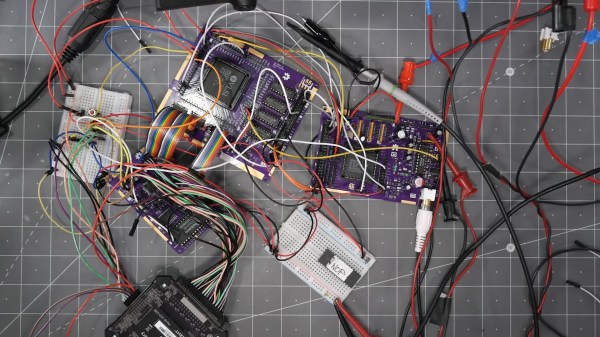

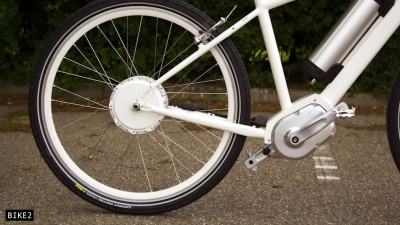
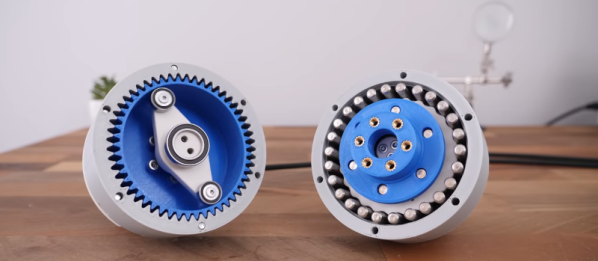
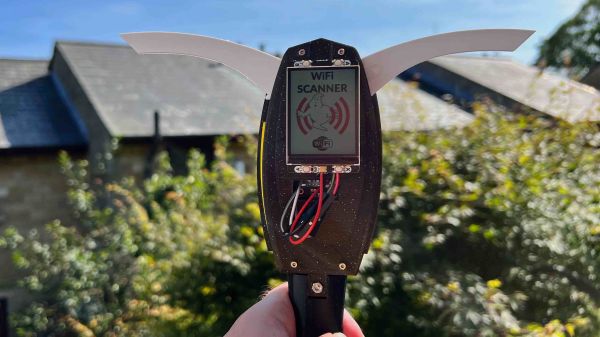
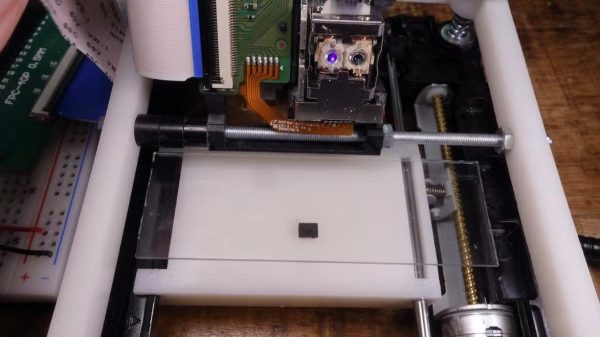
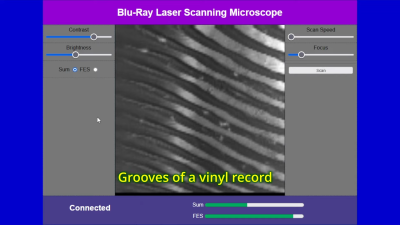 The trick is repurposing the optical pickup unit that is typically used to read optical discs. In particular, the build relies on the photodiodes that are usually used to compute focus error when tracking a disc. To turn this into a laser scanning microscope, the optical pickup is fitted to a 3D printed assembly that can slew it linearly for imaging purposes.
The trick is repurposing the optical pickup unit that is typically used to read optical discs. In particular, the build relies on the photodiodes that are usually used to compute focus error when tracking a disc. To turn this into a laser scanning microscope, the optical pickup is fitted to a 3D printed assembly that can slew it linearly for imaging purposes.










